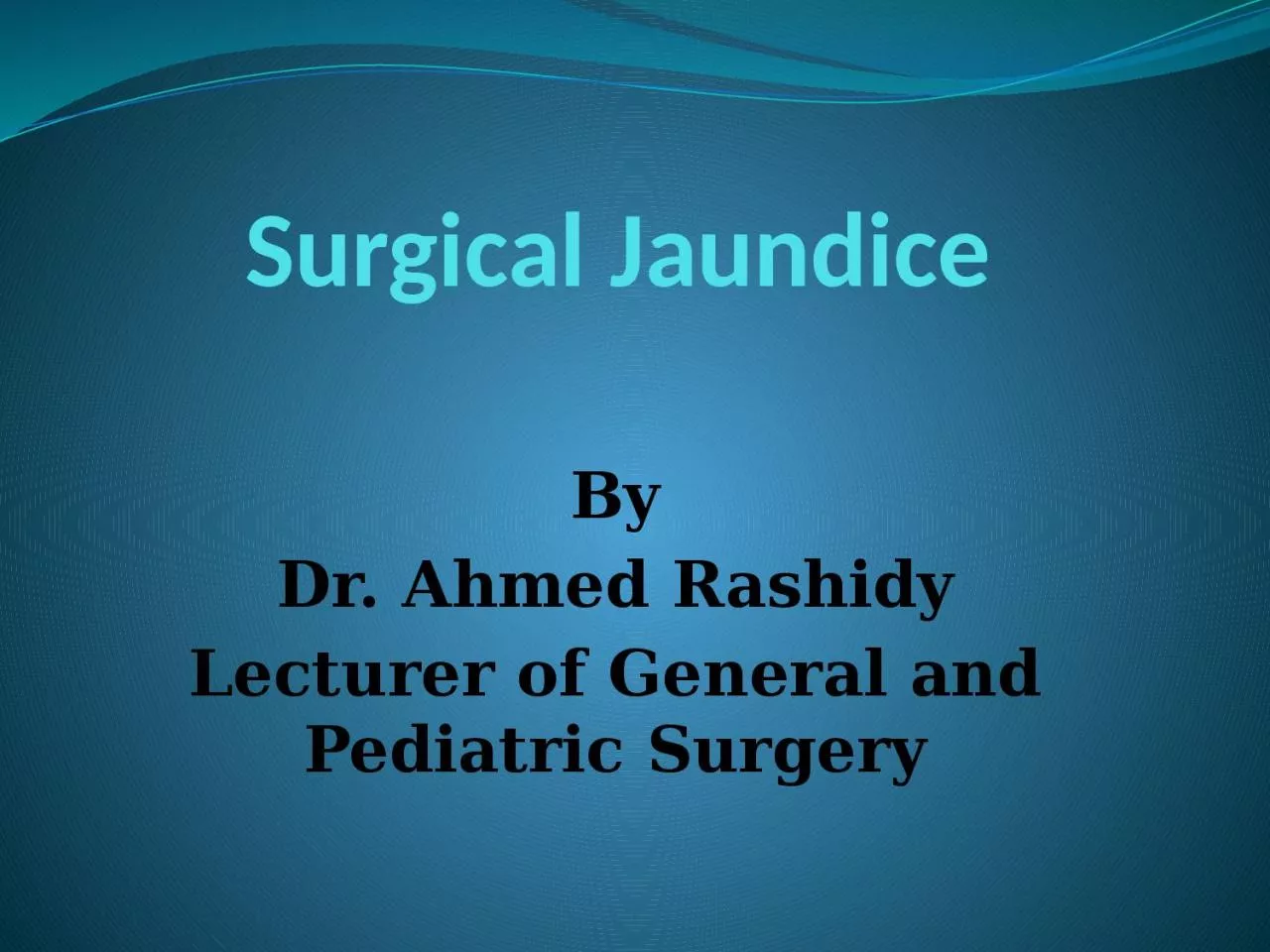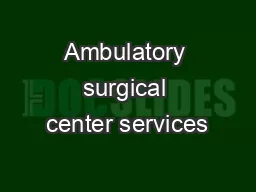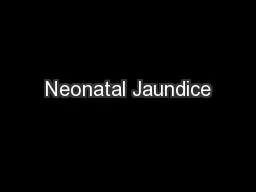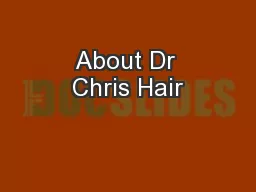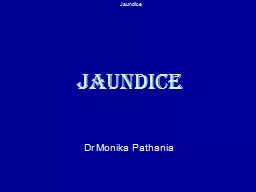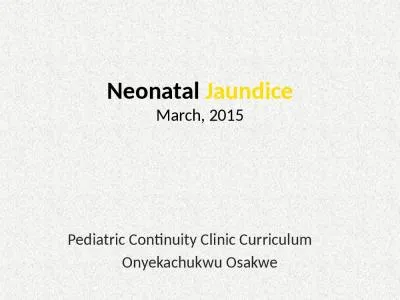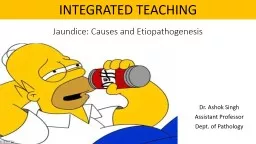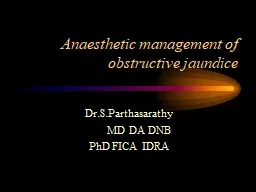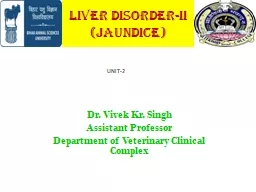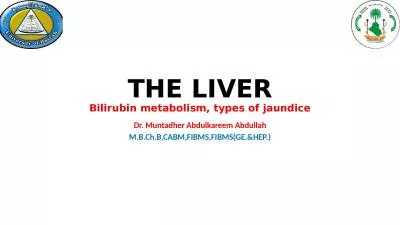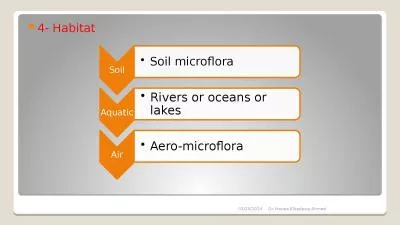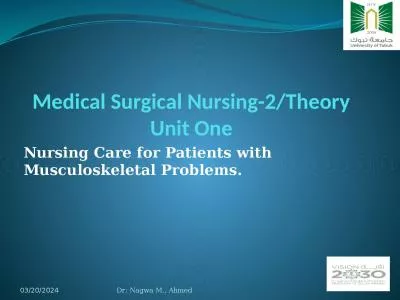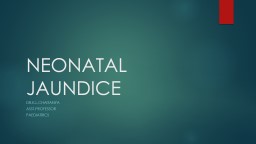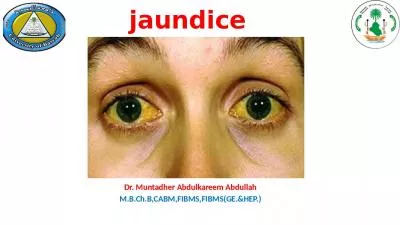PPT-Surgical Jaundice By Dr. Ahmed
Author : elise | Published Date : 2024-01-29
Rashidy Lecturer of General and Pediatric Surgery Jaundice Yellowish discoloration of body tissues amp fluids except the brain CSF tears saliva amp milk due to excess
Presentation Embed Code
Download Presentation
Download Presentation The PPT/PDF document "Surgical Jaundice By Dr. Ahmed" is the property of its rightful owner. Permission is granted to download and print the materials on this website for personal, non-commercial use only, and to display it on your personal computer provided you do not modify the materials and that you retain all copyright notices contained in the materials. By downloading content from our website, you accept the terms of this agreement.
Surgical Jaundice By Dr. Ahmed: Transcript
Download Rules Of Document
"Surgical Jaundice By Dr. Ahmed"The content belongs to its owner. You may download and print it for personal use, without modification, and keep all copyright notices. By downloading, you agree to these terms.
Related Documents

